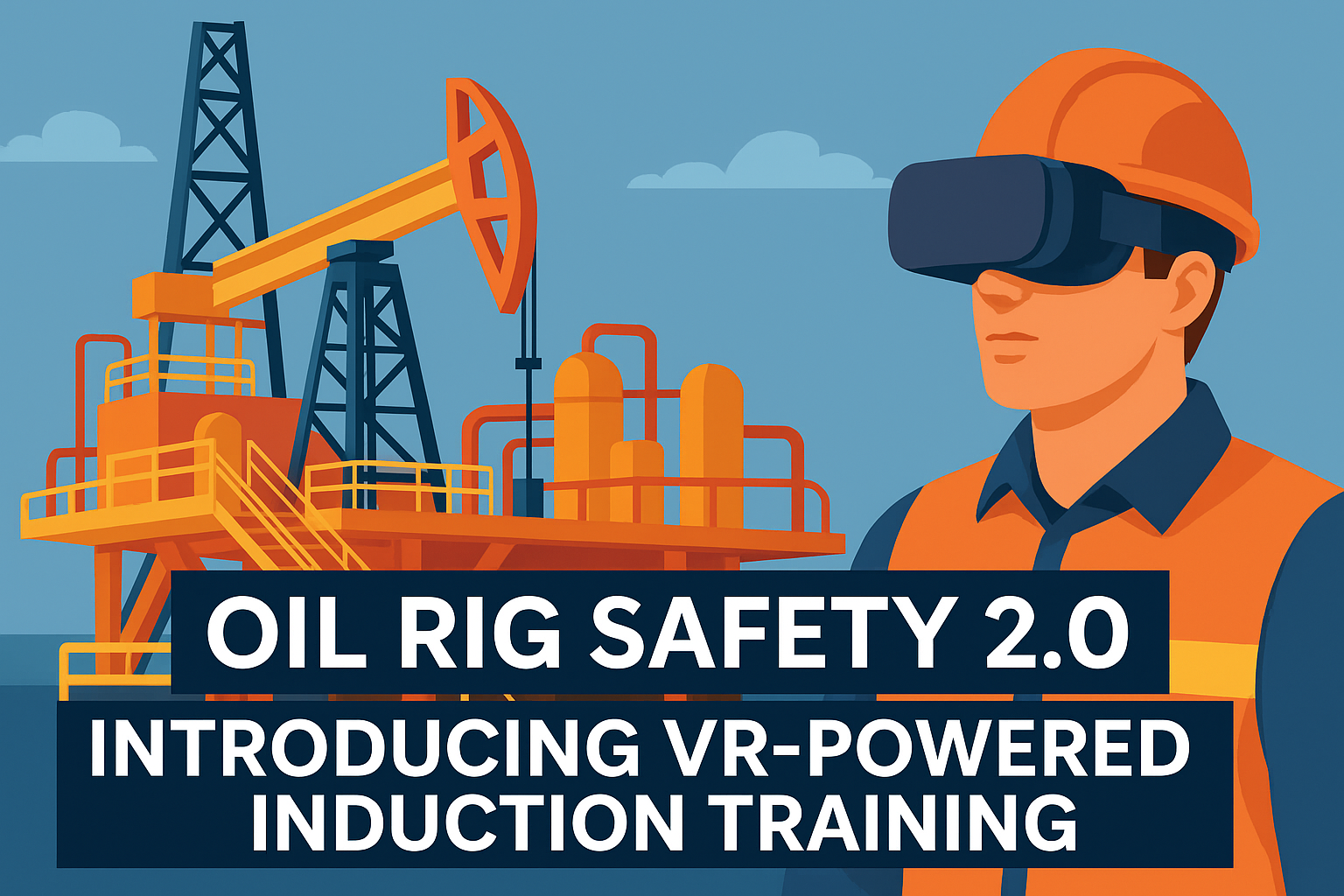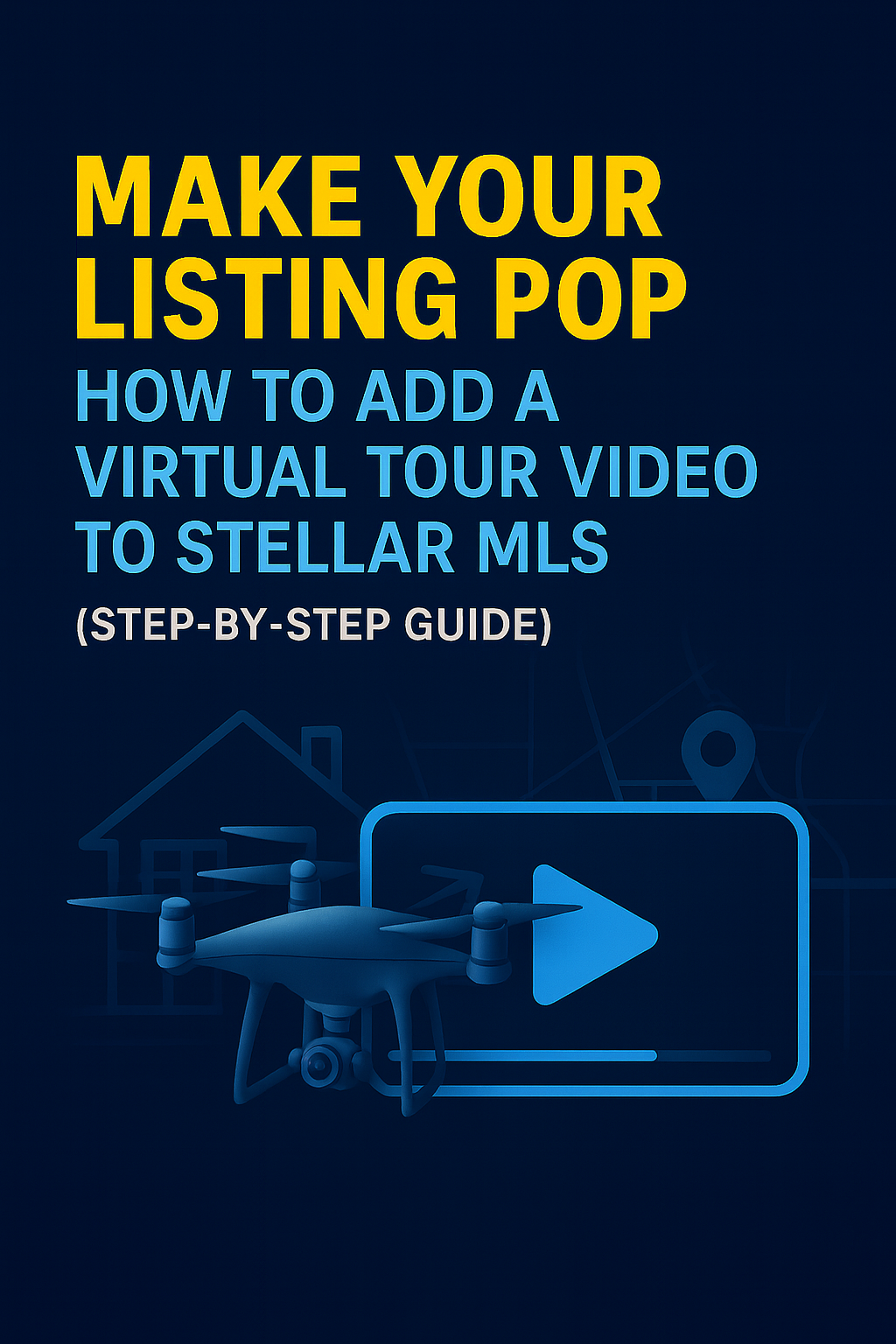🛢️ Oil Rig Safety 2.0: Introducing VR-Powered Induction Training 🚀
The oil and gas industry has always operated at the intersection of risk and reward. With high-risk environments like offshore oil rigs, worker safety isn't just a checkbox—it's the cornerstone of operational success. That's why VR-powered induction training is revolutionizing how companies onboard, prepare, and protect their workers. 👷♂️🎮
👀 The Evolution of Safety Induction: From Clipboards to VR Headsets
Traditional safety induction has long relied on printed manuals, PowerPoint presentations, and site walkthroughs. While these methods provide foundational knowledge, they fall short in real-world simulation and knowledge retention.
Enter Virtual Reality (VR)—a game-changer that allows new hires to step into a fully immersive simulation of the rig before they even leave the dock. 🌊🧠
💡 Did you know? Studies show VR training improves learning retention by up to 75% compared to 10% with traditional methods.
If you're exploring the tech side of onboarding, you might also enjoy:
🔗 Step-by-Step Guide to VR Safety Induction for Offshore Oil Rig Workers
🔗 Enhancing Oil Rig Safety: VR Safety Induction Virtual Tours Explained
🎯 Why VR Induction Training Works on Oil Rigs
Here’s how VR is setting a new benchmark for safety and efficiency:
🔥 1. Realistic Hazard Simulation
VR enables workers to practice emergency scenarios like blowouts, gas leaks, or man-overboard incidents in a safe, controlled environment. This prepares them mentally and physically before ever stepping onto the platform.
🧭 2. Familiarization with Layout
New workers can virtually explore the rig, learning about hazard zones, safety equipment, and evacuation routes—drastically reducing disorientation during their first few days.
🕒 3. Reduced Training Time
Onboarding time is shortened without compromising quality. Workers are more confident, more prepared, and ready to perform—fast.
📋 4. Compliance Tracking
With integrated analytics, companies can track how well employees are performing in simulations and ensure they meet required benchmarks before deployment.
Want more on compliance tools? Check out:
🔗 Boost Compliance with Virtual Reality Safety Induction on Oil Rigs
🔗 Streamlining Compliance: 360° Safety Documentation in the Oil and Gas Sector
🛠️ How to Implement VR Safety Training
If you're ready to make the leap into VR onboarding, here's your roadmap:
1. 📸 Capture the Site with 360° Documentation
Use drones or 360° cameras to capture detailed images of the oil rig. Tools like PhotoAIVideo can help you digitize these visuals into tour-ready assets.
Explore more here:
🔗 Using 360° Site Capture for Real-Time Oil and Gas Safety Training
2. 🧱 Build the Interactive Experience
Use VR tour platforms (like CloudPano or Unity-based apps) to add interactivity: labels, hazard callouts, evacuation flows, and more.
3. 🧪 Test and Iterate
Run your induction tour with a pilot group. Gather feedback, make improvements, and fine-tune the onboarding flow for clarity and engagement.
4. 🔗 Integrate with Safety Protocols
Ensure that your VR training aligns with OSHA, HSE, and other regional compliance guidelines.
Deep dive:
🔗 Integrating 360 Virtual Tours with Safety Protocols in Oil and Gas
🌍 Real-World Example: VR Training in the Gulf of Mexico
A major operator in the Gulf recently adopted VR tours for rig induction. The result?
✅ 35% faster onboarding
✅ 60% improvement in safety checklist recall
✅ 40% drop in minor safety incidents in Q1 after implementation
By deploying VR across multiple platforms—from desktop to headset—the company turned traditional training into an engaging, interactive experience that saves lives.
📈 The ROI of VR Safety Tours
Beyond safety, here’s how VR induction boosts the bottom line:
- 💵 Lower insurance premiums with better documented compliance
- 👷♂️ Reduced downtime due to fewer on-site errors
- 🧑🏫 Training scalability across global teams
- 🛡️ Better audit readiness with digital logs and analytics
If you're trying to justify the investment internally, share this:
🔗 How VR Safety Induction Improves Efficiency on Oil Platforms
🔗 Why Virtual Reality Safety Inductions Are a Game-Changer for Oil Rigs
📣 From Risk to Readiness: Time to Upgrade
VR-powered induction isn't just a tech trend—it’s a safer, smarter way to train your workforce. In an industry where every second and every step matters, the ability to simulate and prepare is invaluable.
And the best part? You don’t need a Hollywood-sized budget to get started. Just a commitment to safety, innovation, and your team’s future.
🔗 Keep Reading:














.png)



.png)





.png)

.png)





